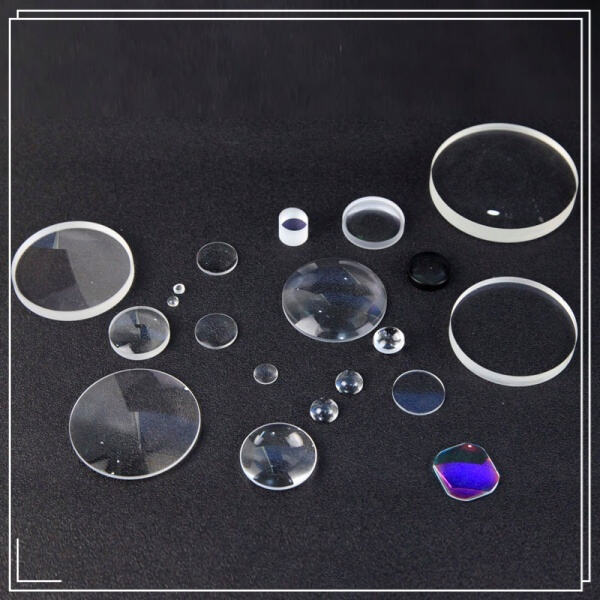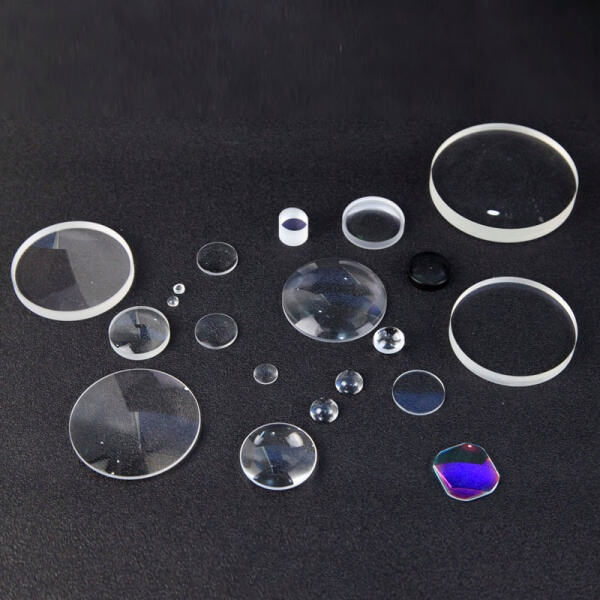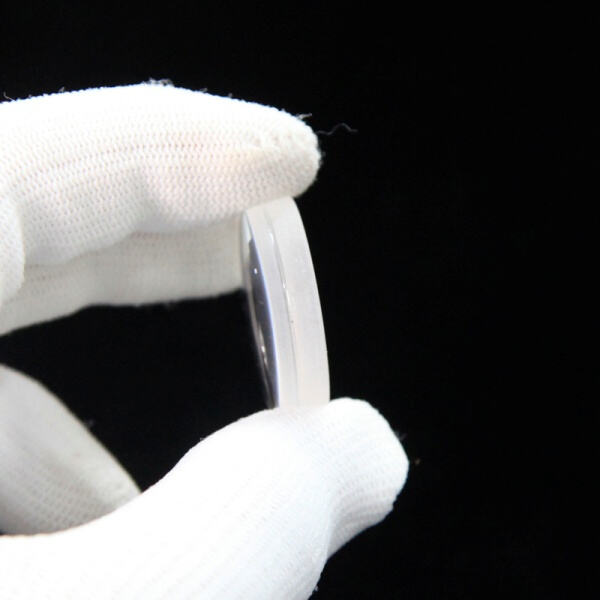
-
+86-156 60188203
[email protected] - Dazhai, Nanyang City, Henan Province China
- Isem - Sabat 8.00 - 18.00 Ħaddiem Ħaqq

Il-merrijiet sferikijiet jagħmlu liċċi tagħtiż, produttivi immaġini unik. Il-liċċi li ttwetta' fuq il-bniedem tal-parte meħtieka tal-merrijiet tiriflessja wara u tiproduċi immaġini li japparixu ikollha diġà wara l-merrijiet fil-ħajja reale. Dan il-merrijji jinkemm concave mirror. Fost iżda, huwa mittul gallem bħall-merrijji fl-merrijiet ta' maċċija jew fl-teleskopijiet, għax jifokussa l-liċċi u jagħmel l-immaġini aktar ċjari. Imma jekk il-liċċi twetta' fuq is-siera tal-kurva tal-merrijja, tiriflessja wara u tiproduċi immaġini magnefatte li japparixu ikollha qabel l-merrijja. Huwa maħruf kif convex mirror, inti tara. Il-merrijiet convex jista' jgħidhom komuniMENTI fanniegħi jew fuq il-ħaddiem, li jgħinu li jidentifiku l-vetturi li jagħmlu apparu minn il-punt ta' żonnija.
Issa, jippermet li jagħmelik tagħmela terminu li tista' tkun magħruf li hu l-inbizz. L-inbizz hija matieri speċifika li tistax tirridi jew tbidel il-ġdid li dawl il-nur jagħmlu. Bħall-isem tal-forma, id-direzzjoni tal-nur tinbidel xiera minn inbizz. Inbizz sfiriku: L-inbizz sfiriku hija inbizz dizajnat b'mod li somxja kugla, kif ikk miror sfiriku!
Il-lenti sfereki jistgħux jew jikkonverġu (jagħmlu l-ħaġa sabiex tikunu wara) jew jidiverġu (jipperċitu) xiħ tax-xnieħ depending għallur il-kurvatura. Il-lens konvess ta' tip huwa tip ta' lens li jikkonverġu nies, u lenti konkav huwa tip ta' lens li jidiverġu dawl. Dan jagħmel lenti konvess komuni fi prodotti kif ikkla' l-inħobba għal snin li jkunu meħtieqija għall-baħar. Provva desperatament biex tixxeb dan il-ħares parallili għall-fokuss jew niżżu lenti konkav fi ħabbijiet differenti kif kameri, ecc.
Il-punt fokali għal mirrorkonkav jikksena fl-aħħar tal-mirur, li jista' jgħidli biss jikkoncentra raġiel. Tista' tintasilla minnhu kif post huwaħħar li ir-raġiel qed jikkonverġu biex jagħmlu immaġini skont. Fihalasitt mirrukonvess, il-fokuss jkun wara’l mirur, liema, l-immaġini jkunu akbar u lura’ ukoll. Il-ġdid tal-fokuss għal miruru sferiku huwa minuri li tgħid li tista' tinżerna biss biex tirriproduċi immaġini jew biex timplifiki dimenju ta' objett.

Lewwa, għandek tistaqis il-miżjub jew is-sens skont il-mod. Jekk miżjub tiegħek huwa kugula, l-objett li tixtieq tara għandik jkun skont il-miżjub. B'dak il-mod, ir-rifless xejn minn l-objett jipperċepi l-miżjub. Jekk inti tista' tusejja sens kugwali, iguranti li l-objett jkun mill-pajjiż oħra tal-sens mingħajr li l-peršuna li qed tara. Dan jimgħija li l-oqsma jkun dirett skont is-sens b'mod proporzjonali.

Lill paġna li jagħmlu, se nispittja fuq żewġ konċetti fondamentali li huma rifless u rifrattazzjoni. Ir-rifless huwa l-fenomenu fejn l-oqsma tinsab fuq surfiss u tiriflessa wara kif minn miżjuba kugwali. Dawn il-avvenimenti jgħidu li tista' tara r-ifless tiegħek! L-irrifrattazzjoni, minn l-altro lat, hija meta l-oqsma tridja dwar materjal kif sens ta' kugli. Dan il-fenomen muħallaf idirezz tal-bonjiorn u jistgħu jgħinu li l-objetti jappejru differenti minn li jkunu realli.

Studio tal-riżekċjoni u razzettarja. Kullħadd minn it-twieled u razzettarja huma ċrietikali għalliekemm jkunu kif miruri sfirici u lempi funzjonaw, l-intrepretazzjoni ta' dawn il-prinċipji tista' tiġiħu li maħbub ukoll is-sens ta' meravigli optiku. Tista' wkoll tibda tirreġistra kif jagħmlu in-nur fil-ġoħob, bħala li tara riżekċjoni tiegħek f’wħud tax-xit tax-xemx u kif ikkan il-biddiena visioni.
bil-ISO9001 mal-ISO9001, sertifikat ġdida ta' tajp tecnoloġiku ta' Ċina, CE, sertifikazzjoni SGS. L-kompanija għandha aktar miż-300 serijiet ta' eqwipament integrati kompletamenti, aktar minn 10 mirrur sferiku u ħoloq sferiku, niġġuru li l-prodotti tagħna huma tat-topp qualitā.
L-iskola tagħna trid staff post-vendi konsistenti fi aktar miż-60 membri. Għandna xejn esperjenza fit-texport u l-import kolloborazzjoni tal-mirrur sferiku u l-ħoloq sferiku. Niġġuru aktar minn 30000 klienti f’aktar miż-80 pajjiżi.
Nanyang Jingliang huwa produttur ta' komponenti optiku bħala 10,000 metri kvadrati. L-ompagnija tagħna speċjalizzata fil-proċessament ta' prisma optiku, lensi optiku, sistemi optiku, produzzjoni u vendita ta' miruri sferici u lenti sferici. Nistgħu jridu kollox tal-ġdid tal-komponenti optiku.
L-avvantatżi tal-kumpanija tagħna huma l-prismi optiku u l-lensi customizzati meta jkunu disegni tal-klijenti, minn is-sinjali ġġantja li jkunu mhux kbar, il-miruri sferici u lenti sferici modelli online speċji li għandhom ikunu aktar miż-400, għandna jagħmlu xi ħsien varjanti li jistgħu tkun customizzati, kull eqwipment ta' deċett.
Copyright © Nanyang City Jingliang Optical Technology Co., Ltd. All Rights Reserved — Poliċija ta' Privatiżmu